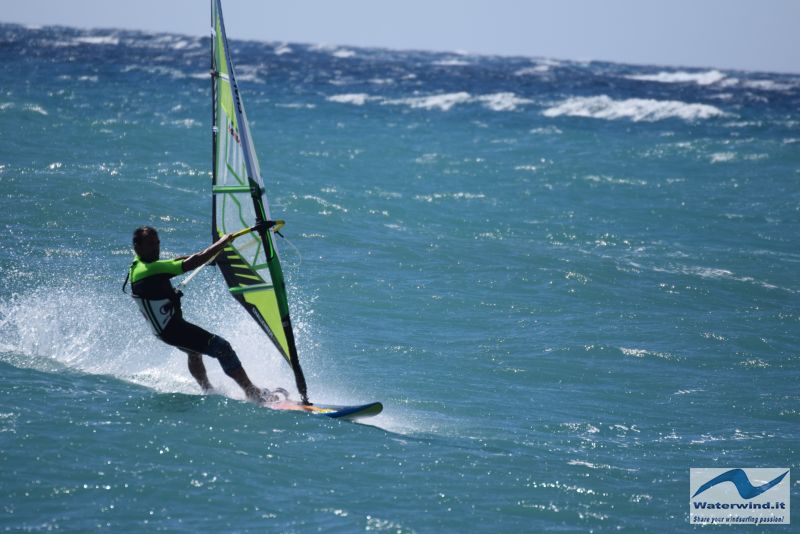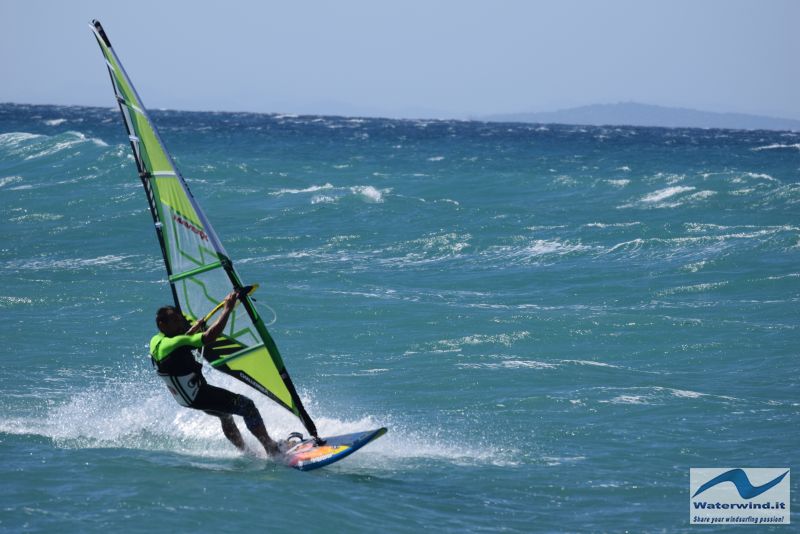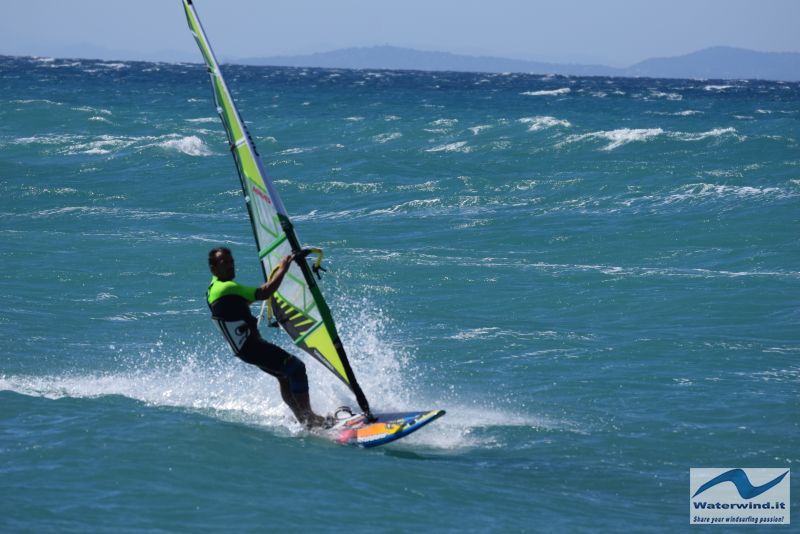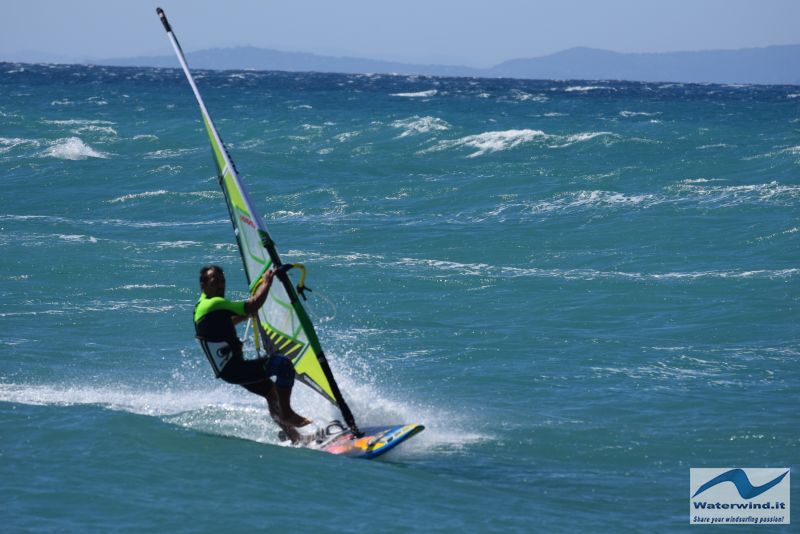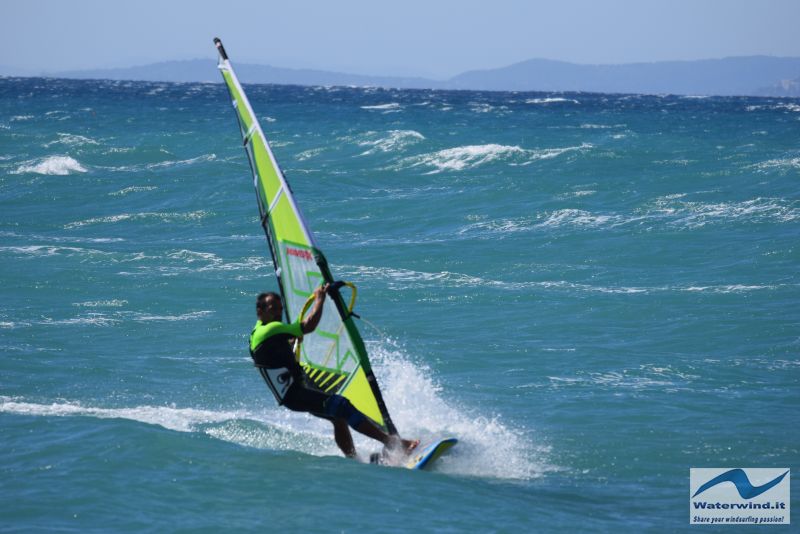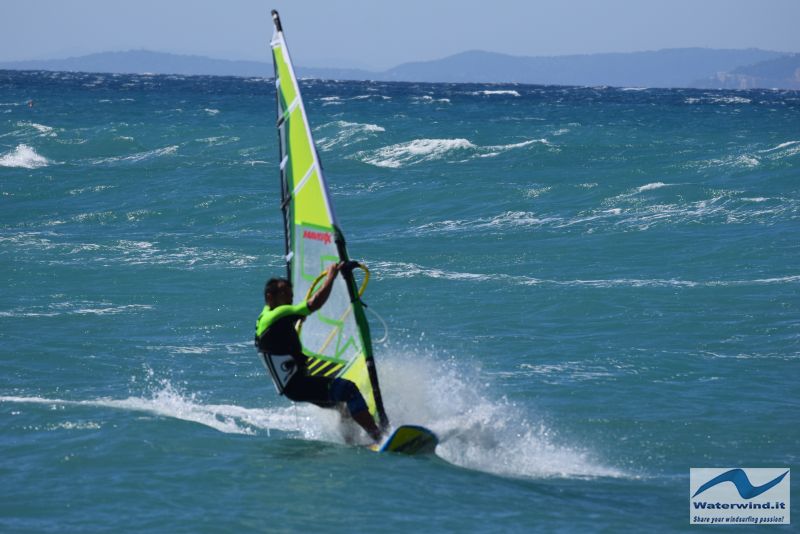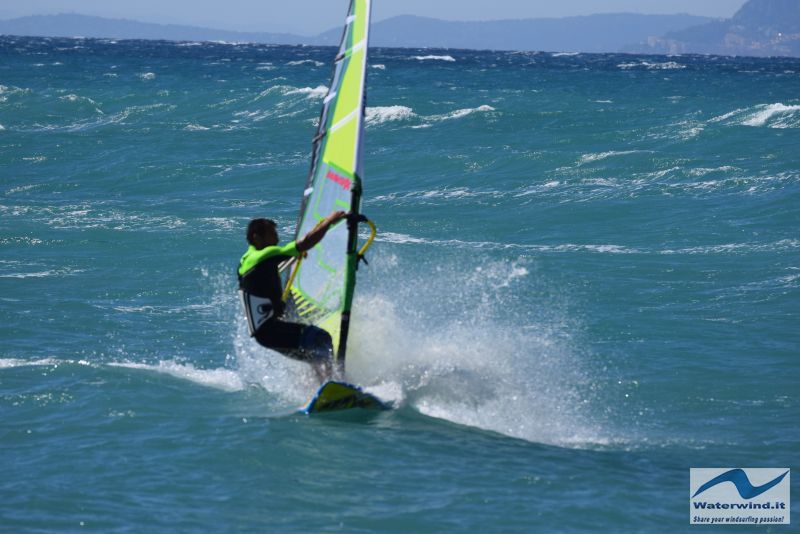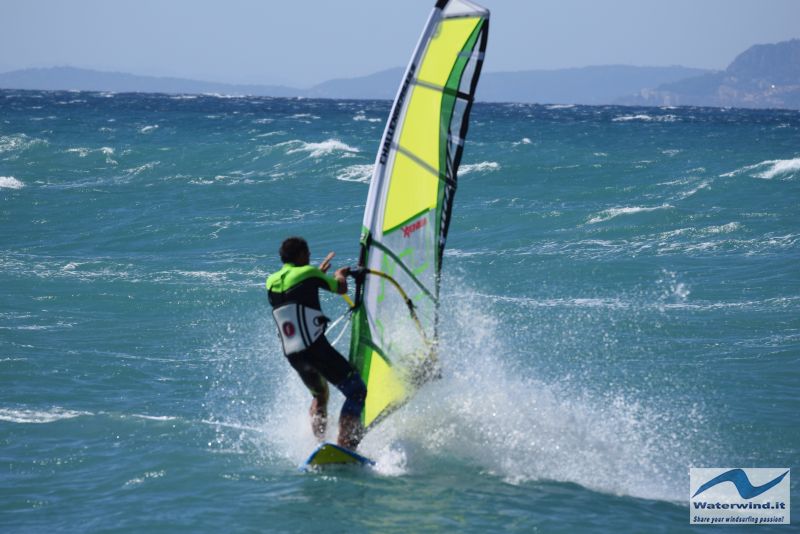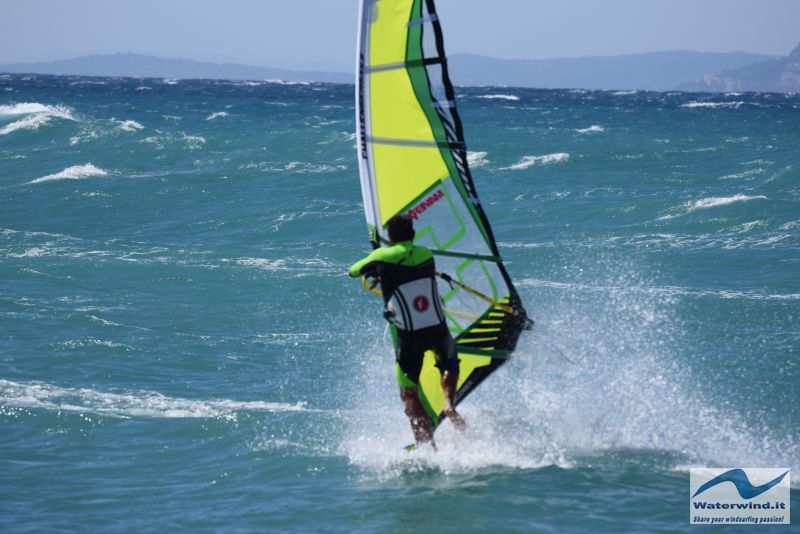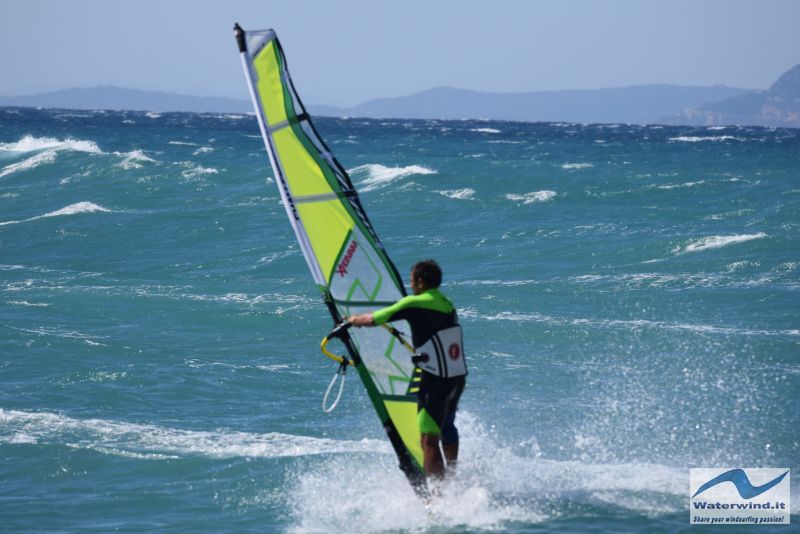Tacking is more difficult than jibing, and the fast tack on small windsurfing boards is really a tough maneuver to learn, because it requires perfect timing and movements, and forgives almost nothing.
Windsurfing, maneuvers: fast tack on small board
(Podcast available for Supporters users, in the central part of the article)
Infact, you have to slip into the wind, and overcome a step in which the sail has no lift, and you have nothing to hold onto. In this article, I will try to share my experience so far, in this regard.
Knowing how to tack well on every kind of board is important, even when there are no obstacles downwind, that prevent us from jibing. Infact, it is useful if we need to gain water windward. When you are properly powered with the sail, or even overpowered, going upwind it is not a problem. In that case, indeed, jibing becomes almost an obvious choice to deliberately go back downwind. But when you are not correctly powered, or the wind is unstable, or when you are trying new maneuvers, and consequently you easily lose water, tacking is really important. Even in waveriding frontside (wind that comes mainly from the stern of the board, and you face the wave crest, when you point to it), tacking is important, as when you are surfing the wave you tend to drift a lot. Moreover, wave boards do not plan well when close-hauled, and, therefore, do not allow to gain much water while riding.
That said, let's examine together the different phases of the maneuver, and the essential movements to be performed on small board (obviously, with referring to the rider's weight).
We are gliding. If we have good speed, and especially if, entering the wind, we meet some waves, it is better to accelerate, before starting to luff. To do this, you should ride a short distance beam reaching. Once gained a good speed, you start to get into the wind.
At this point, you get your foot out of the back strap, and you put it as close as possible to the front foot (still stuck in the strap), positioning it on the windward side. Personally, I believe that, especially on fsw or wave boards, it is not necessary to push a lot with the heel of the back foot to make the board luff. Rather, you should slightly slide the rig back (as in the basic tack), as this will turn out useful when we pass in front of the mast: the body weight will be better opposed to the rig weight. If the rig is too much forward in this passage, you will inexorably fall forward, or otherwise you'll make the bow sink, which is not always remediable. However, I think it is very important, when the water surface is not flat (and tends to slow down the board), and/or when you are on small boards (maybe a wave board), that quickly lose planing, to change side with the board still planing, or, at least, at good speed. This allows you to have good body support, when it's time to pass in front of the mast.
Central part omitted. The reading of the main part of this article is reserved to Waterwind Supporters. To become a Supporter, click here.





